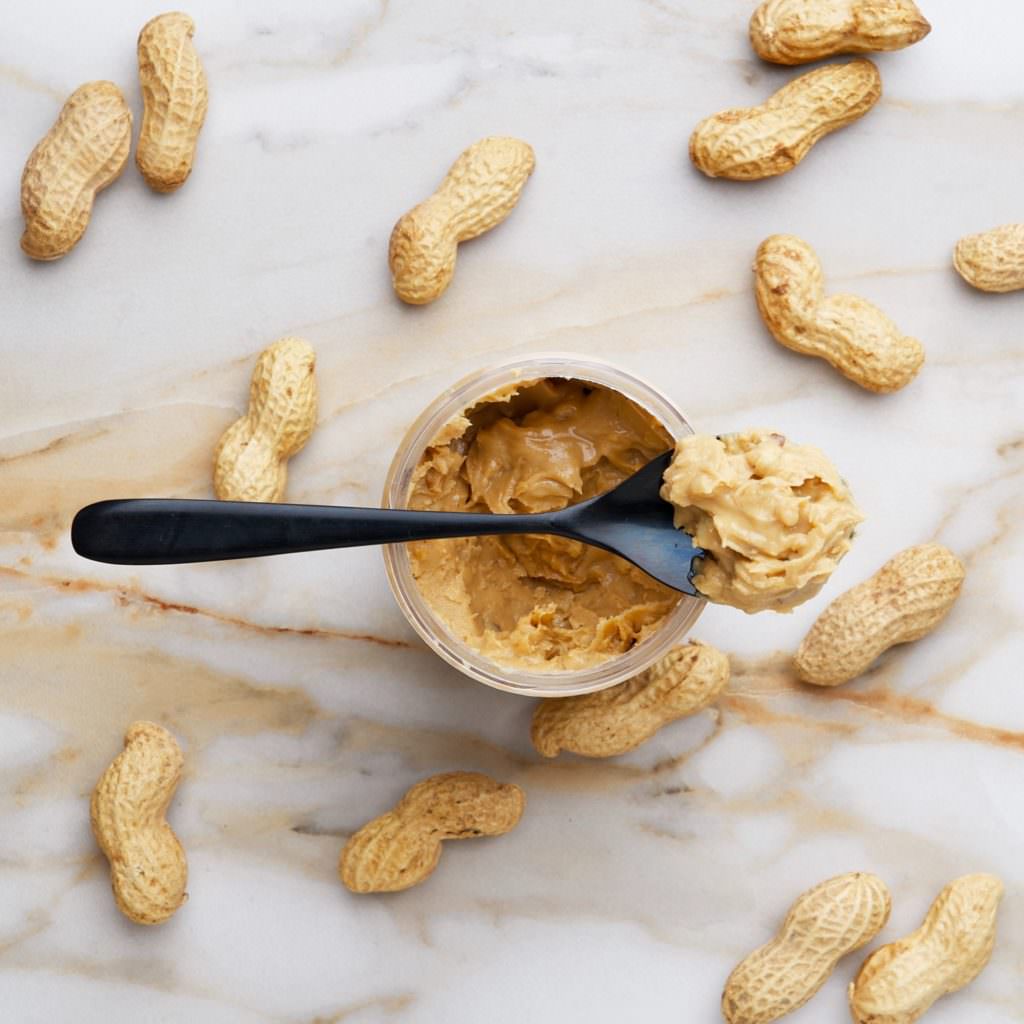
Back when I first qualified after my Masters around 6 years ago. I remember discussing nutritious snack recommendations with a friend, who also happens to be a top sports nutritionist. My newby recommendations were the usual suspects; fruits/nuts and hummus/cruditées. The last thing I expected her to suggest was one of my favourite indulgences; peanut butter! After questioning her on whether peanut butter was actually healthy, let’s just say, it’s been a regular choice ever since!
However, there is a longstanding debate on this.
It’s a favourite for many and an incredibly versatile larder food so if it’s also healthy, then that’s a lot of “wins”!
The short answer is that it is absolutely healthy – yay!
However, there’s a “BUT”!
As a one-ingredient spread, ie. just peanuts, it’s absolutely healthy and indeed, this is its healthiest form. At the other end of the spectrum, where it’s loaded with more oil, sugar, salt and artificial flavourings and preservatives, it’s most certainly in its least healthy form and this does, of course, change the nutrient profile.
What’s the nutrient profile of peanut butter?
At a glance; a healthy portion; around 2 tablespoons of “just peanuts” peanut butter contains:
- Calories: 200
- Fat: 16g
- Sodium: 6mg
- Carbohydrates: 6g
- Fibre: 2g
- Sugar: 2g
- Protein: 10g
Now, if you’ve been following me for a while, you’ll be surprised to see that I’ve noted the specific nutrient and calorie profile, as I have done above. However, what I want to point out here is that there are 2 nutrient profiles that stand out; fats and protein.
Whilst a high fat content can sometimes be off-putting, these are healthy fats; the fats we should be including more of in our food choices. Not only does eating fat help you to feel fuller, but it is also essential for optimal health.
Peanuts, compared to other nuts are an excellent source of protein per serving, so a tablespoon (or 2!) of peanut butter provides significant amounts of vegetable protein. Again, protein, as a complex nutrient, takes longer to break down and therefore helps you to feel fuller for longer.
And that’s not all…just one serving also provides an array of vitamin and minerals, including vitamin E, B3 and Magnesium, iron and zinc.
Peanut butter is made from either ground raw or dry roasted peanuts and brands will vary. Needless to say, it is crucial to read the ingredients label and ensure that you’re choosing on with just peanuts and nothing else. It will be more expensive but if you’ve ever made your own nut butter (incredibly easy with the Thermomix), you’ll know how many nuts you start with to end up with a modest quantity of the butter at the end.
Be careful with “reduced fat” varieties; they will invariably have sugar added to disguise the lack of flavour once the fat is removed.
The Bottom Line
Considering the satiating advantage, alongside the nutrient profile, peanut butter certainly packs a nutritional punch. It’s a relatively unprocessed food that is tasty, healthy and great texture with its unique “mouth feel”.
It’s the perfect pairing with fruit
Stick to 2 tablespoons as a recommended serving so you’re not overloading on your fat and therefore calorie intake. That said, if you’re heading for a long hike or cycle, you’ll need those extra calories as well as a sustainable energy source, in which case you’re free to exceed this.
Obviously
If you’ve got a peanut allergy, peanut butter is not an option. For anyone else, it is perfectly safe to eat.
Have you tried it as a base for a dressing?
For the quickest snack that hits that afternoon slump spot, it’s peanut butter on a couple of oatcakes for me!
What’s your favourite way to eat peanut butter? Do share in the comments below!


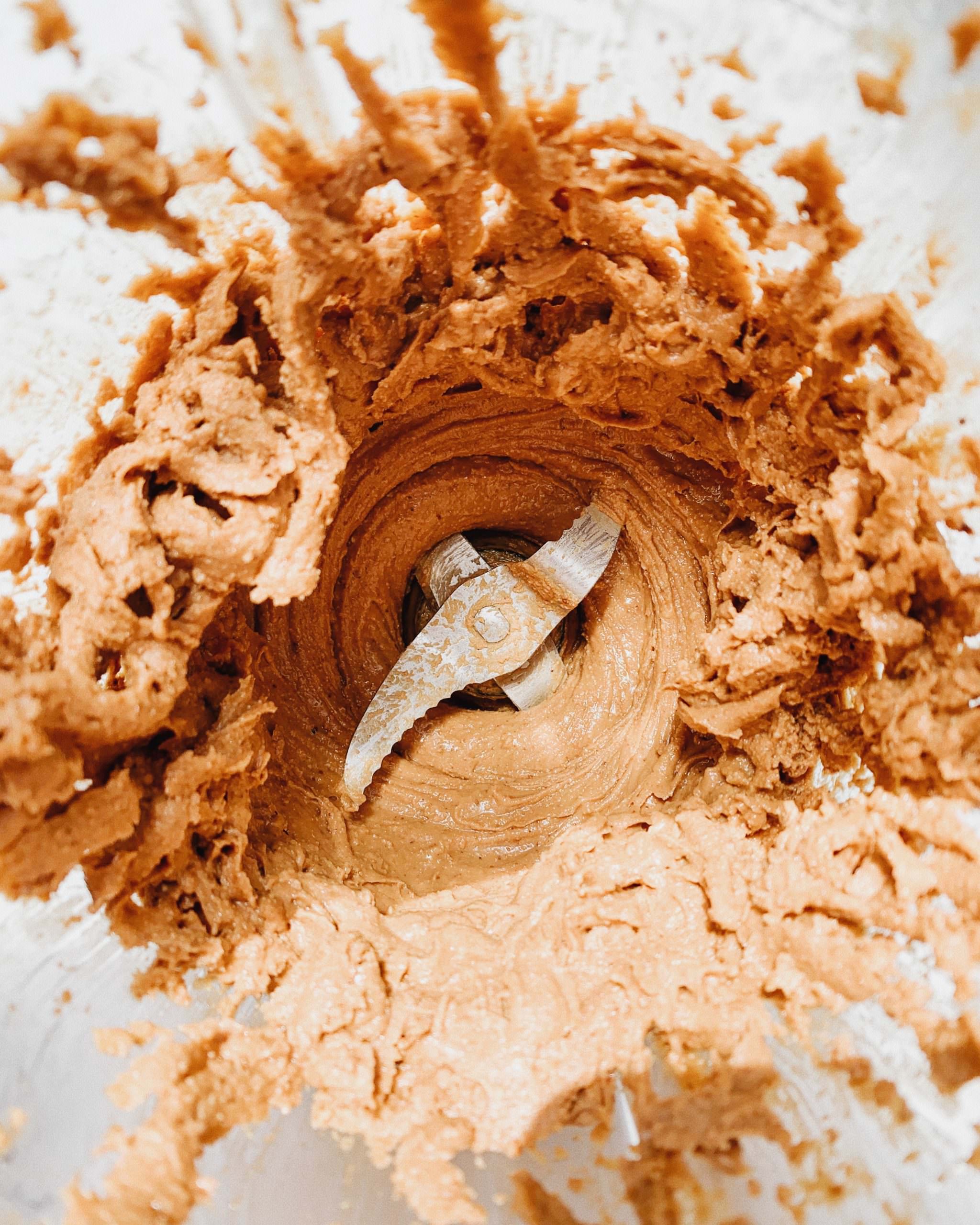
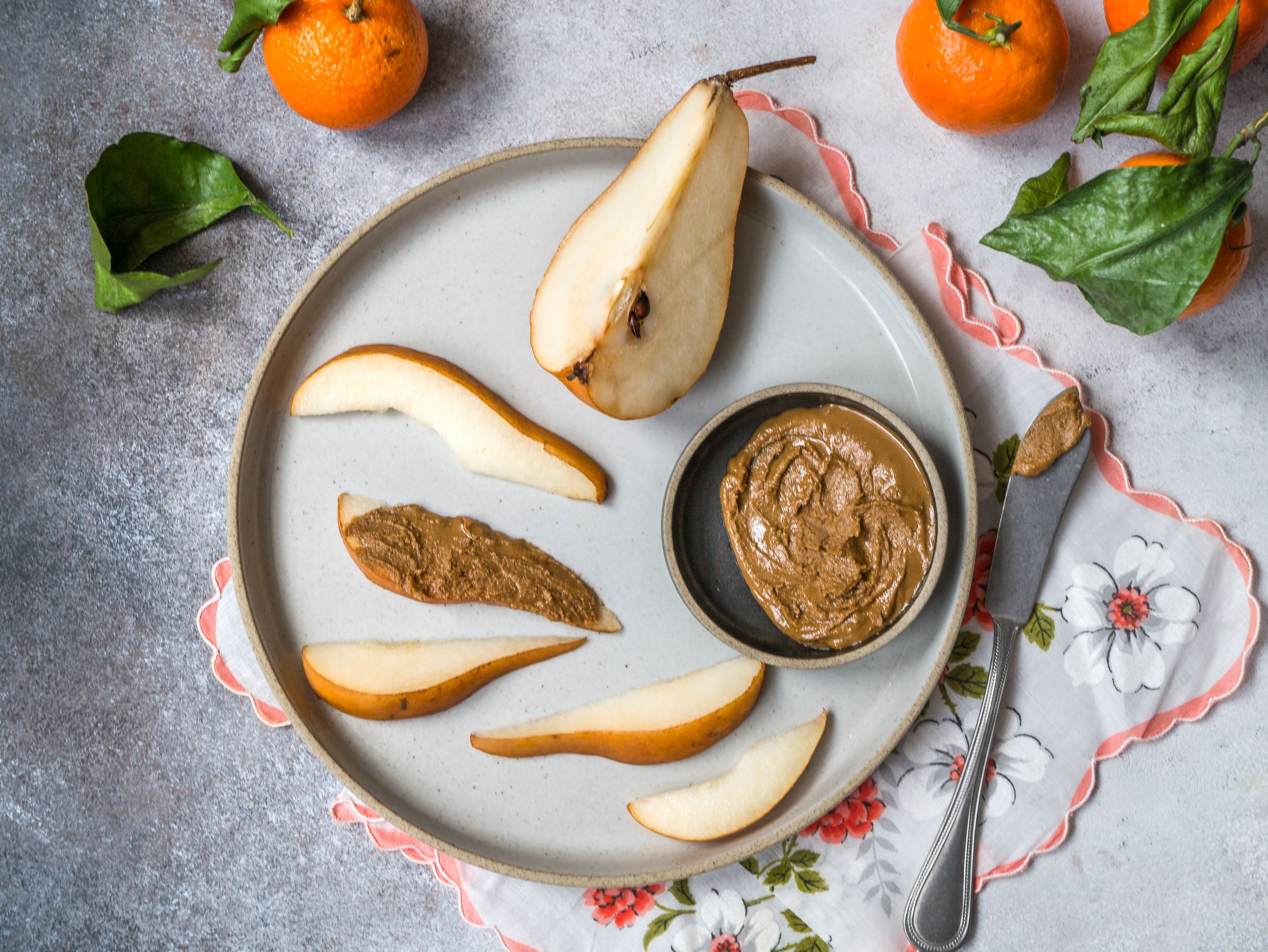
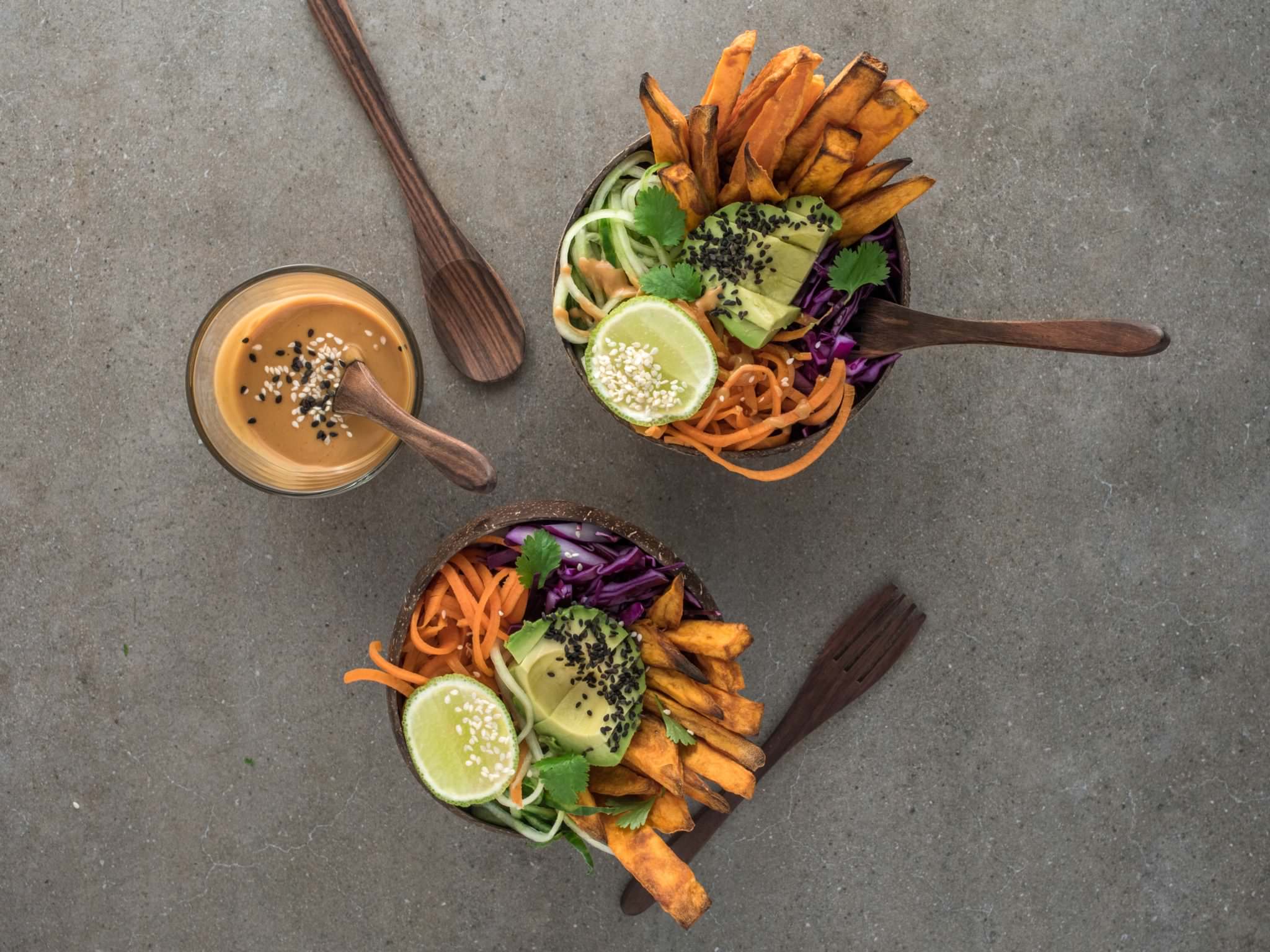



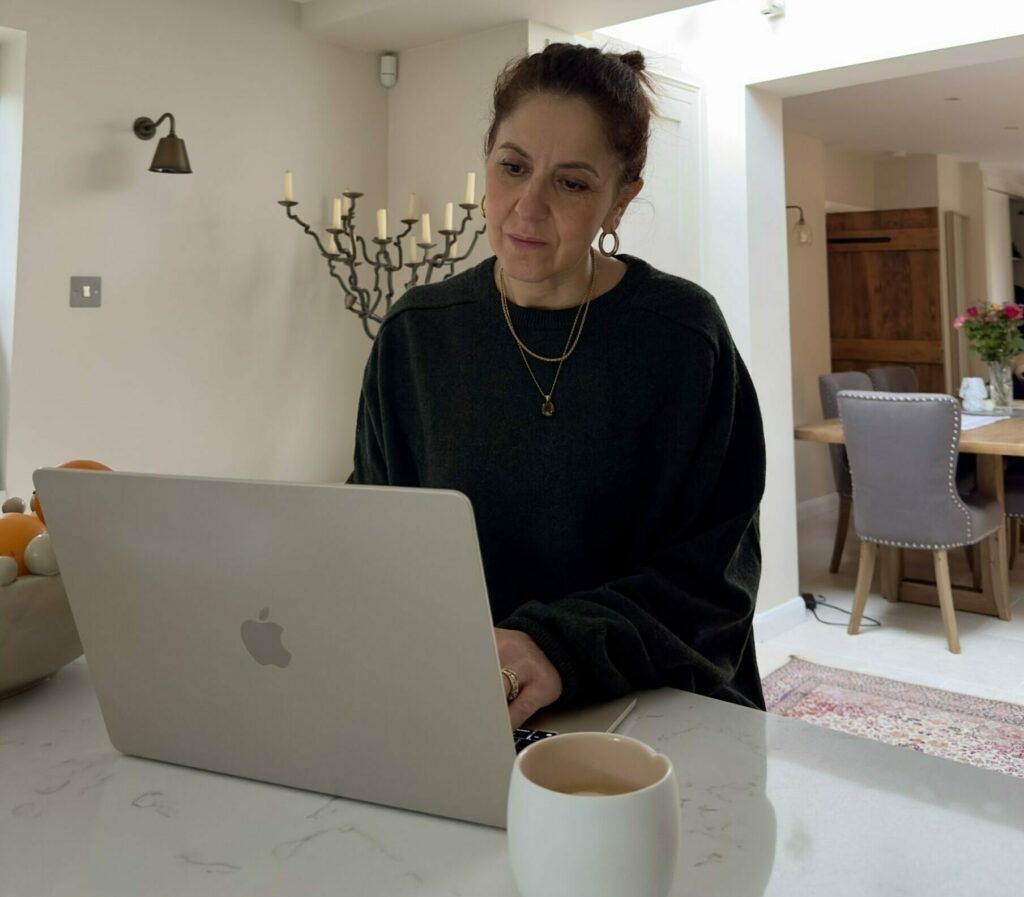


0 Comments